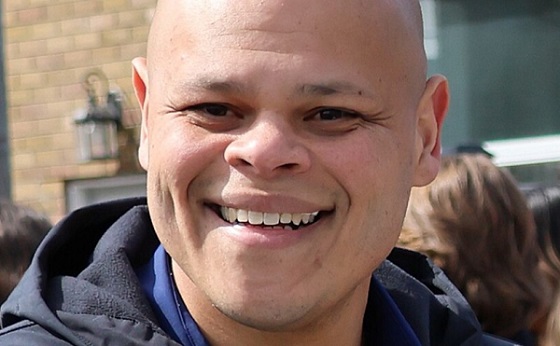MAiD
Canada’s devastating assisted suicide regime is tearing families apart
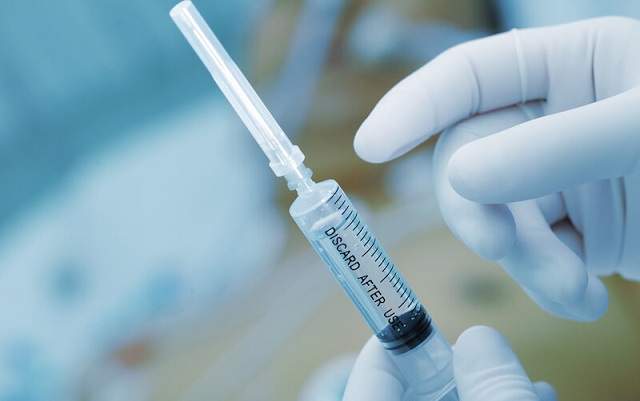
From LifeSiteNews
The father stated that his daughter’s ‘capacity to consent to [assisted suicide] is impacted by mental illness’ and that she had likely been ‘unduly influenced by a third party.’
Last year, I noted in First Things that of all the perverse lies told by proponents of euthanasia, one of the worst is their claim that it reduces suffering in society. The precise opposite is true. We have seen this in Canada time and again; heartbroken relatives reaching out to the media to explain how the assisted suicide of a loved one has left them destroyed. Each person who dies at the end of a doctor’s needle leaves loved ones behind; many of them are deeply traumatized by the experience.
Gary Hertgers of British Columbia found out that his sister, Wilma, had died by lethal injection when her building manager called him to inform him that the coroner had just left her apartment. A doctor told the Globe and Mail that he still has nightmares about his father’s euthanasia death, which the family opposed. Two sisters in B.C. found out that their mother had died through euthanasia by text message. Another mother whose troubled son was approved for euthanasia only managed to have that approval rescinded by launching a media campaign.
The CBC is now reporting on a similar story. A desperate father has requested that Court of King’s Bench Justice Colin Feasby in Alberta examine the process that led to two of three doctors approving his daughter for euthanasia (which is referred to in Canada as “MAiD,” or medical assistance in dying). His daughter, who suffers from autism, is only 27 years old. The court has issued a publication ban to protect the identities of the family members and the doctors involved; CBC identified the father as “W.V.” and the daughter as “M.V.”
According to court proceedings, M.V. was approved for euthanasia in December – signoff by two doctors is required to meet the threshold. She was given the date of February 1 to receive the lethal injection. M.V. still lives with her father, who managed to obtain a temporary injunction halting the impending euthanasia (the CBC reported that this “prevent(ed) M.V. from accessing MAiD”) the day before her scheduled death. Her father argued to the court that “M.V. suffers from autism and possibly other undiagnosed maladies that do not satisfy the eligibility criteria for MAiD.”
The daughter’s lawyer, Austin Paladeau, countered by arguing that M.V. is “not trying to withhold or hide anything” by her failure to supply medical documents justifying euthanasia, but that “She’s saying ‘it’s none of (W.V.’s) or the public’s business, I’ve been approved by two doctors, I am entitled to this and, court, it’s none of your business either.’”
Her father, who still cares for her, feels differently; her death is very much his business. His lawyer, Sarah Miller, argued in a brief: “As it stands, AHS (Alberta Health Services) operates a MAiD system with no legislation, no appeal process and no means of review.”
Miller is asking the Calgary judge for a judicial review of M.V.’s approval for euthanasia, and W.V. submitted a 2021 report to the court from a neurologist who stated that M.V. was “normal”; the father also stated that M.V.’s “capacity to consent to MAiD is impacted by mental illness” and that she had likely been “unduly influenced by a third party.” M.V.’s lawyer argued that the issue at stake was medical autonomy itself, stating:
He’s at risk of losing his daughter and while this is sad, it does not give him the right to keep her alive against her wishes. One of the real challenging parts of this process… is what’s actually happening. I completely understand (W.V.) does not want his daughter to die… I represent (M.V.), I don’t want her to die either but that doesn’t play into account here. Even though we have or may have very strong views… at the end of the day this is (M.V.’s) decision.
The judge is grappling with the case. “As a court, I can’t go second guessing these MAiD assessors… but I’m stuck with this: the only comprehensive assessment of this person done says she’s normal,” Feasby stated. “That’s really hard.” He called the case a “vexing” one and, according to the CBC, “reserved his decision on whether he’ll set aside the temporary injunction preventing M.V. from accessing MAiD… the other part of his decision will deal with whether a judicial review will take place, which would examine how doctors came to sign off on M.V.’s MAiD application.”
I hope Feasby makes the right decision. If he does not, a father will face the horror of a doctor coming into his home and giving his daughter a lethal injection against his will – with the entire force of the state endorsing the doctor’s right to do so. At the end of the day, this case is vexing – but it really isn’t hard.
International
Trump admin wants to help Canadian woman rethink euthanasia, Glenn Beck says

From LifeSiteNews
Jolene Van Alstine, approved for state-sanctioned euthanasia after enduring long wait times to receive care for a rare parathyroid disease, is in need of a passport to enter the U.S.
Well-known American media personality Glenn Beck says he has been in touch with the U.S. State Department to help a Canadian woman in Saskatchewan reconsider euthanasia after she sought assisted suicide due to long medical wait times to address her health problems.
As reported by LifeSiteNews on Tuesday, Canadian woman Jolene Van Alstine was approved to die by state-sanctioned euthanasia because she has had to endure long wait times to get what she considers to be proper care for a rare parathyroid disease.
Van Alstine’s condition, normocalcemic primary hyperparathyroidism (nPHPT), causes her to experience vomiting, nausea, and bone pain.
Her cause caught the attention of Beck and many other prominent Americans and Canadians on X.
In an update today on X, Beck said, “Jolene does not have a passport to gain legal entry into the U.S., but my team has been in touch with President (Donald) Trump’s State Department.”
“All I can say for now is they are aware of the urgent life-saving need, and we had a very positive call,” he added.
Beck had said before that he was in “contact with Jolene and her husband” and that he had “surgeons who emailed us standing by to help her.”
As of press time, neither the State Department nor other officials have not yet confirmed Beck’s claim that he has been in touch with them.
As a result of Van Alstine’s frustrations with the healthcare system, she applied for Canada’s Medical Assistance in Dying (MAiD) and was approved for January 7.
As reported by LifeSiteNews, over 23,000 Canadians have died while on wait lists for medical care as Prime Minister Mark Carney’s Liberal government is focused on euthanasia expansions.
A new Euthanasia Prevention Coalition report revealed that Canada has euthanized 90,000 people since 2016, the year it was legalized.
As reported by LifeSiteNews recently, a Conservative MP’s private member’s bill that, if passed, would ban euthanasia for people with mental illness received the full support of the Euthanasia Prevention Coalition.
Health
US podcaster Glenn Beck extends a lifeline to a Saskatchewan woman waiting for MAiD

From LifeSiteNews
Jolene Van Alstine was approved for euthanasia after tiring of waiting years for surgery in Canada
A Canadian woman is looking to die by state-sanctioned euthanasia because she has had to endure long wait times to get what she considers to be proper care for a rare parathyroid disease.
The woman is Jolene Van Alstine, whose condition, normocalcemic primary hyperparathyroidism (nPHPT), causes her to experience vomiting, nausea, and bone pain.
As noted in a recent CBC report, Van Alstine claims she is not able to get proper surgery to remove her parathyroid in her home province of Saskatchewan, as there are no surgeons in that province who can perform that type of surgery.
She has said her “friends have stopped visiting me” and she is “isolated” and living “alone lying on the couch for eight years, sick and curled up in a ball, pushing for the day to end.”
“I go to bed at six at night because I can’t stand to be awake anymore,” she said.
As a result of her frustrations with the healthcare system, Van Alstine applied for Canada’s Medical Assistance in Dying (MAiD). She was approved for the procedure on January 7, 2026.
Saskatchewan Health Minister Jeremy Cockrill met with Van Alstine last month to try to see if he could help her, but what they talked about remains confidential.
“The Government of Saskatchewan expresses its sincere sympathy for all patients who are suffering with a difficult health diagnosis,” the government said.
As reported by LifeSiteNews, over 23,000 Canadians have died while on wait lists for medical care as Prime Minister Mark Carney’s Liberal government is focused on euthanasia expansions.
A new Euthanasia Prevention Coalition report revealed that Canada has euthanized 90,000 people since 2016, the year it was legalized.
Americans offering Jolene surgery help now say they have made contact with her
Van Alstine’s story has gone viral on the social media platform X, catching the attention of well-known American personalities, some who have claimed they can help her.
“If there is any surgeon in America who can do this, I’ll pay for this patient to come down here for treatment,” Glenn Beck wrote Tuesday on X.
“THIS is the reality of ‘compassionate’ progressive healthcare. Canada must END this insanity and Americans can NEVER let it spread here.”
According to Beck in a subsequent X post, he has had “surgeons who emailed us standing by to help her.”
“We are in contact with Jolene and her husband! Please continue to pray for her health,” he wrote on X.
“Will update more soon.”
As reported by LifeSiteNews recently, a Conservative MP’s private member’s bill that, if passed, would ban euthanasia for people with mental illness received the full support of the Euthanasia Prevention Coalition.
Lobby groups have pushed for MAiD to be expanded to minors.
Desiring to expand the procedure to even more Canadians, former Prime Minister Justin Trudeau’s government sought to expand from just the chronically and terminally ill to those suffering solely from mental illness. The current Liberal government appears to want to continue with the MAiD regime.
However, in February, after pushback from pro-life, medical, and mental health groups as well as most of Canada’s provinces, the federal government delayed the mental illness expansion until 2027.
-

 Energy1 day ago
Energy1 day agoCanada’s future prosperity runs through the northwest coast
-
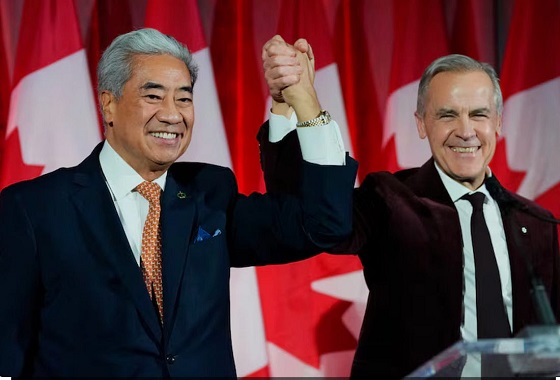
 Fly Straight - John Ivison2 days ago
Fly Straight - John Ivison2 days agoMPs who cross the floor are dishonourable members
-

 Business2 days ago
Business2 days agoThe world is no longer buying a transition to “something else” without defining what that is
-
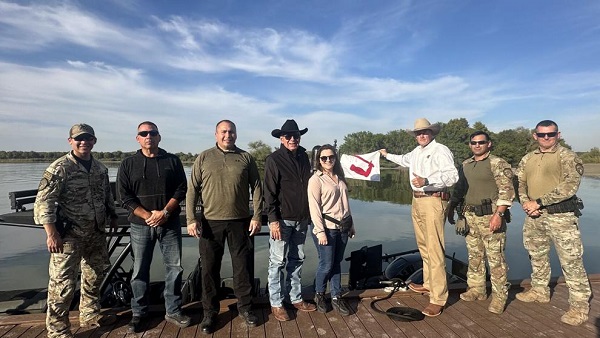
 illegal immigration2 days ago
illegal immigration2 days agoEXCLUSIVE: Canadian groups, First Nation police support stronger border security
-
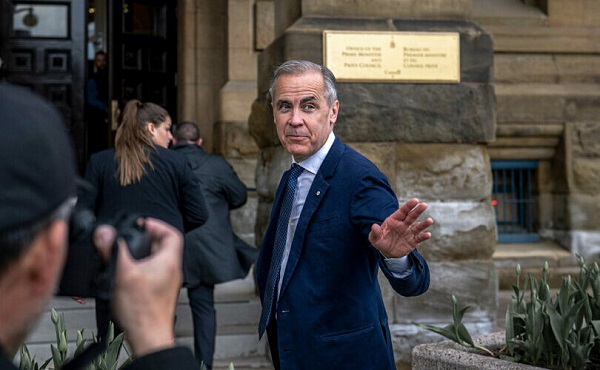
 Business2 days ago
Business2 days agoBrutal economic numbers need more course corrections from Ottawa
-

 Business13 hours ago
Business13 hours agoFuelled by federalism—America’s economically freest states come out on top
-

 International21 hours ago
International21 hours agoTyler Robinson shows no remorse in first court appearance for Kirk assassination
-

 illegal immigration21 hours ago
illegal immigration21 hours agoUS Notes 2.5 million illegals out and counting



